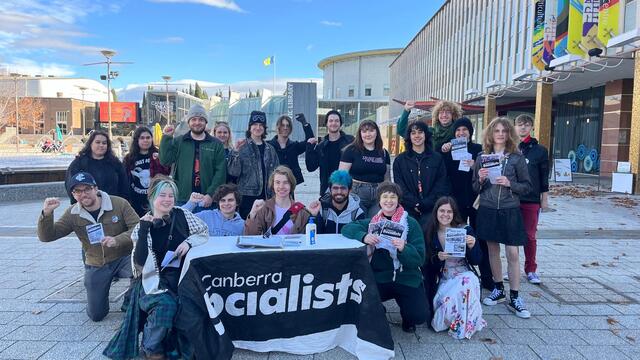Recently I spoke at a national conference on partnership working and shared services. In developing my presentation I drew upon my experience in both the public and private sectors.
In the private sector, for example, I developed an international network of external partners that enabled the company for which I worked to meet the needs of customers throughout the world. We were a small company but had an international reach.
Similarly I worked with a large multi-national company to develop internal partnerships that enabled the product development cycle to be cut in half. The company had previously operated in a series of silos and needed to work in partnership internally.
In Local Government I have ensured that my Council is both a partnership internally and has a series of partnerships in place externally focused on the customer. The question that we posed ourselves was: If we aren’t a partnership internally how can we be an effective partnership externally?
In developing partnerships there is often a focus on processes – doing the same or similar things more efficiently by working together. This is more to do with collaboration rather than partnership.
Collaboration is a structured process where two or more organisations or parts of an organisation work together towards a common objective. While collaboration is important it does not provide the potential of partnership.
Partnership is a structured risk and reward sharing relationship where two or more organisations or parts of organisations work towards a common objective.
Partnership is about more than processes it is about a shared commitment, a relationship and a shared intent. Most of all it’s about trust and confidence.
In the dash to create ‘partnerships’ as part of the new vogue of public sector management, there is often a mechanistic focus on resource inputs, processes and efficiency gains. Few initiatives are more than collaborations.
Too often even external collaborations are not supported by internal partnerships. Councils that do not have strong internal partnerships will struggle to realise the full potential of either external collaborations or partnerships.
Councils should ask themselves: Is there enough trust and confidence internally to sustain the creation of trust and confidence externally?
If the answer to this is no, a lot of work needs to be done before considering the development of external partnerships. If the answer is yes, explicitly acknowledge this and ensure that your potential partners understand it.
Decide whether your Council wants a collaboration or a partnership or if it is seeking to start with a collaboration with the potential to develop it into a partnership. Always ensure that you have trust and confidence in the people with whom you’re dealing.
The success or eventual failure of collaborations and partnerships is often determined before the contracts are signed.
No collaboration or partnership runs smoothly all of the time. Events happen. Where trust and confidence exist as part of the fundamental relationship underpinning the collaboration or partnership it is more likely that all concerned will work together to resolve difficulties.
Councils in considering the transformation agenda and the dash for partnership working have to remember that behind every great partnership there’s great trust and confidence.
*Malcolm Morley is Chief Executive of Harlow District Council and can be contacted via the Editor, email info@lgfocus.com.au The views expressed in
this article are not necessarily those of
his employer.







